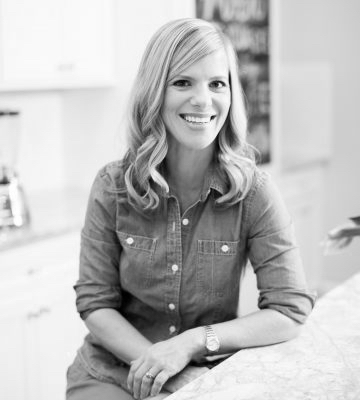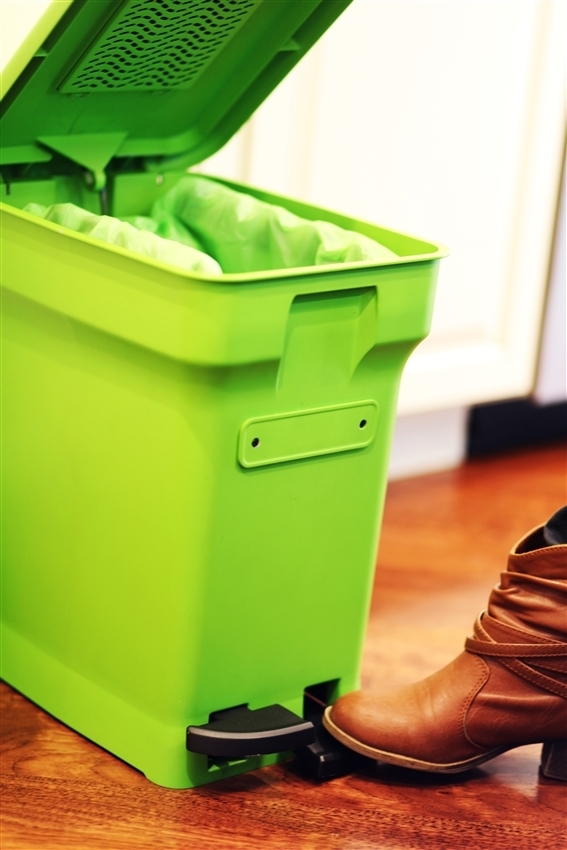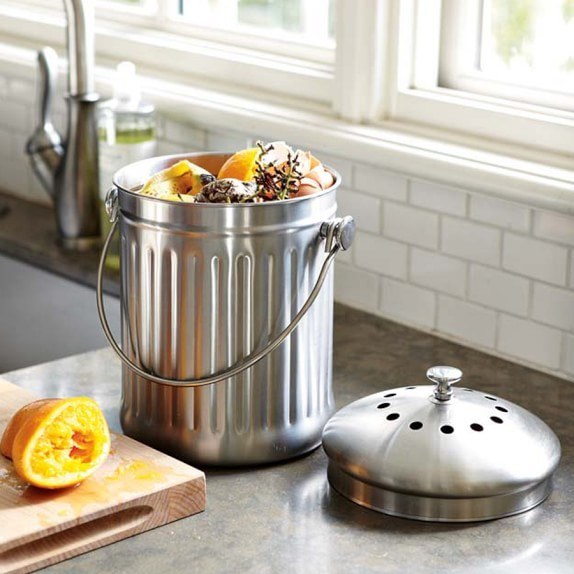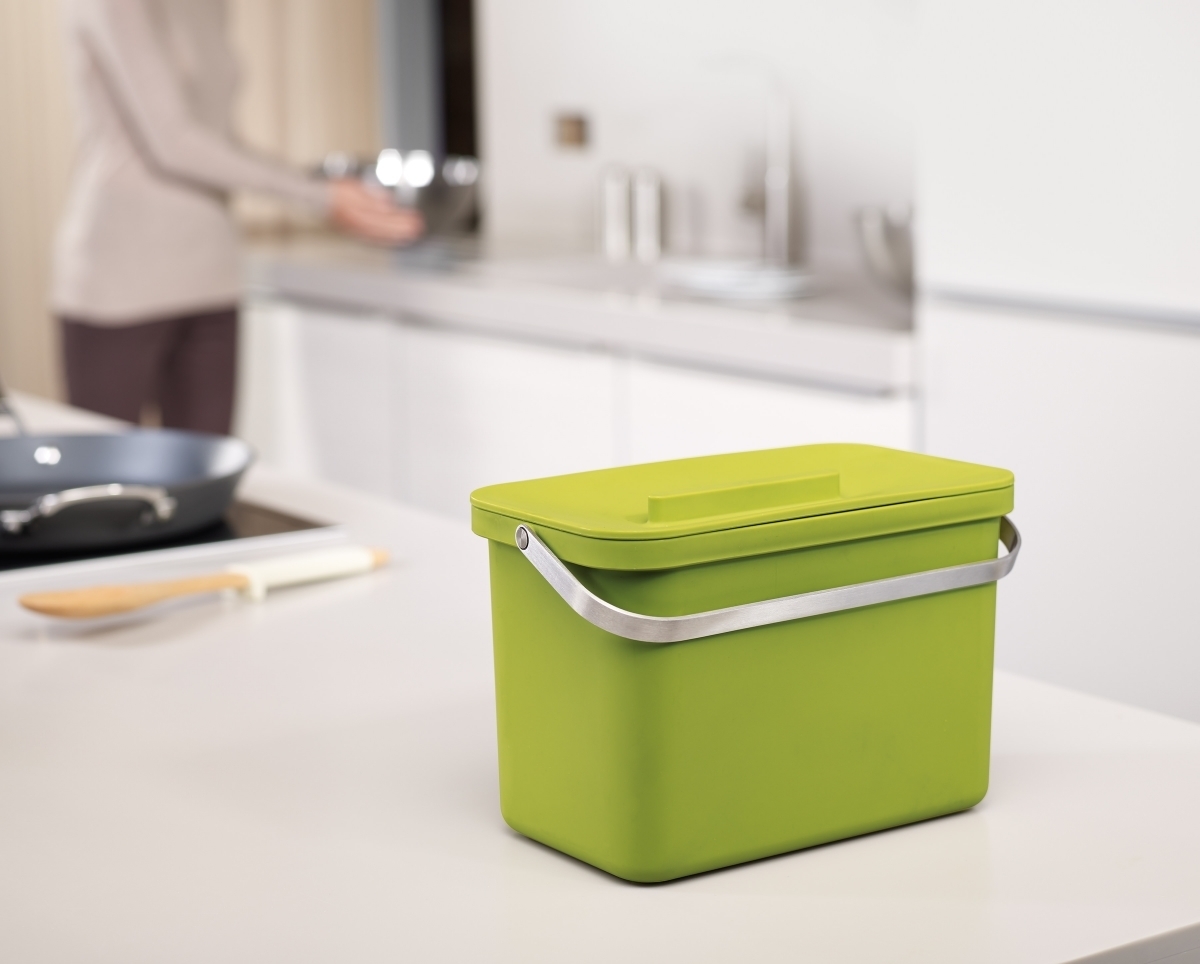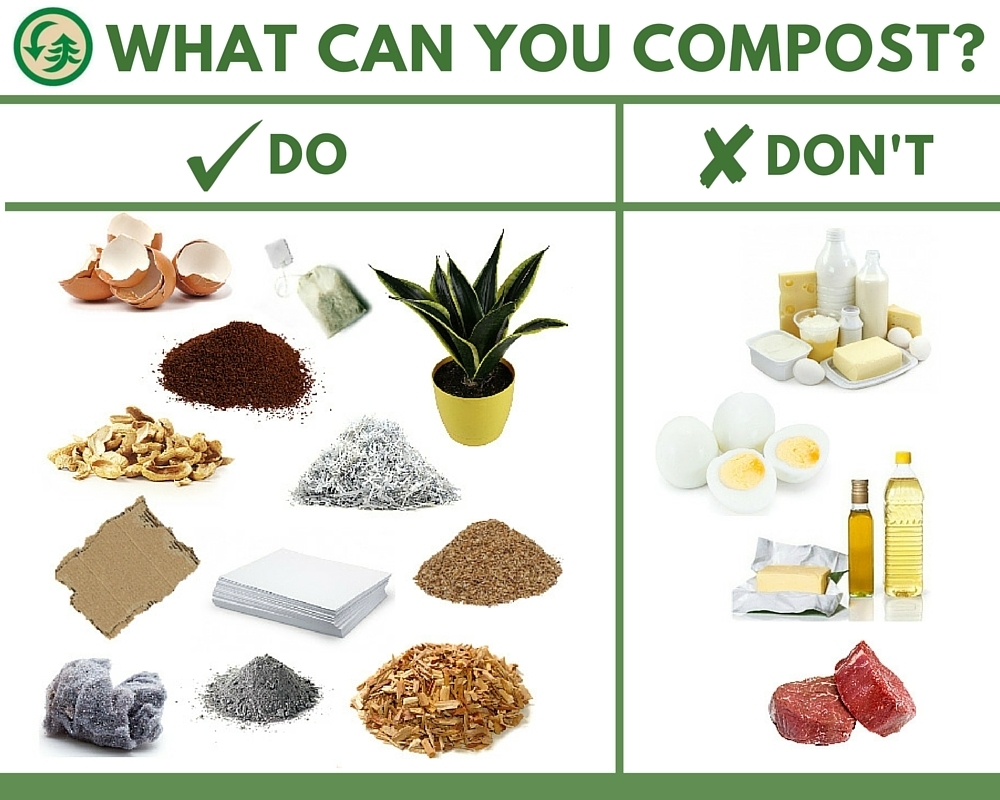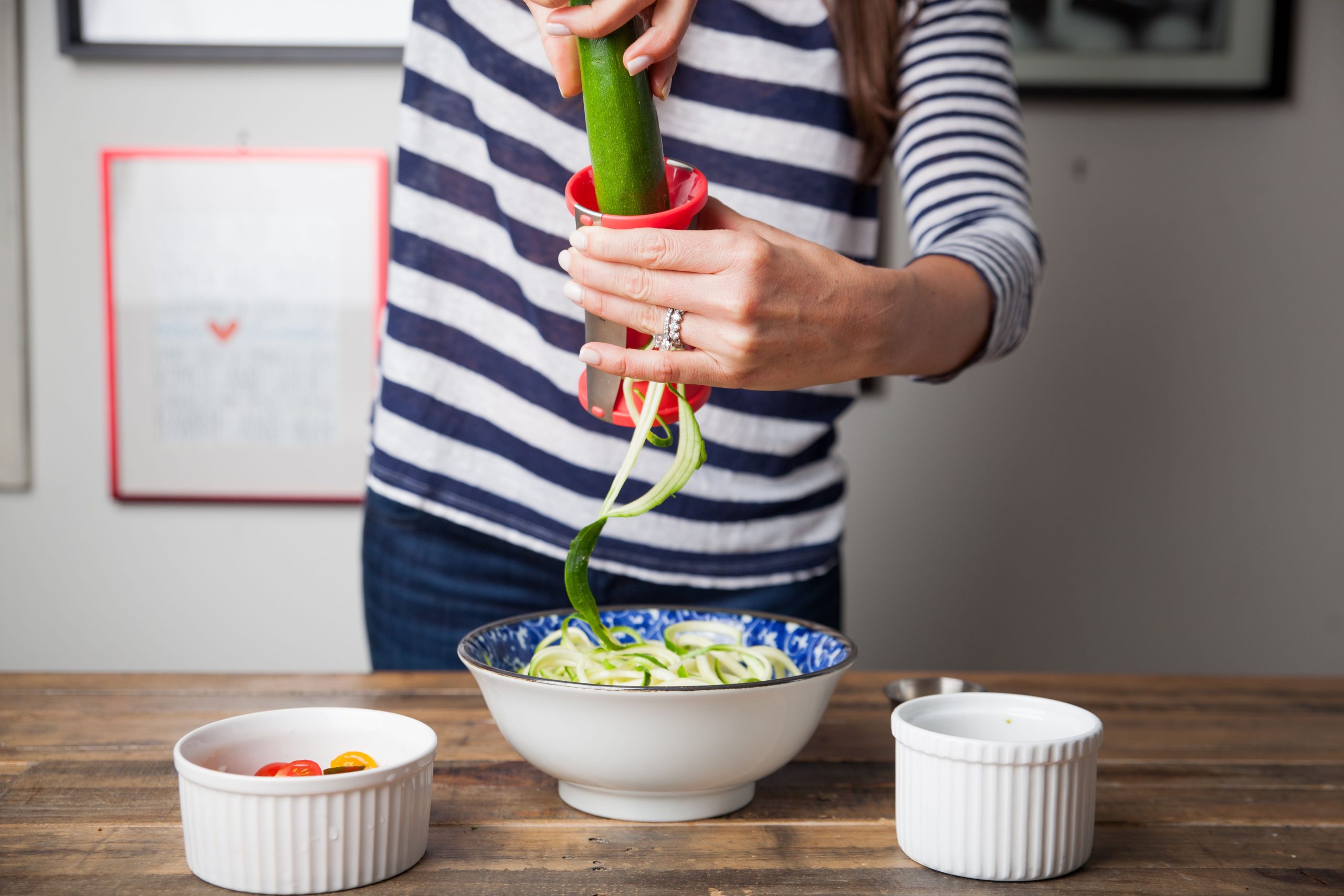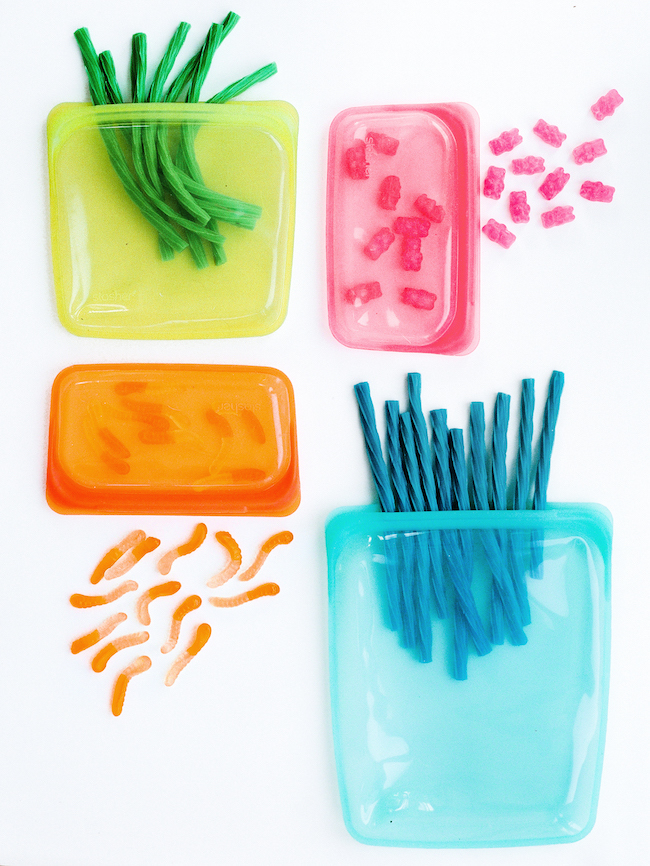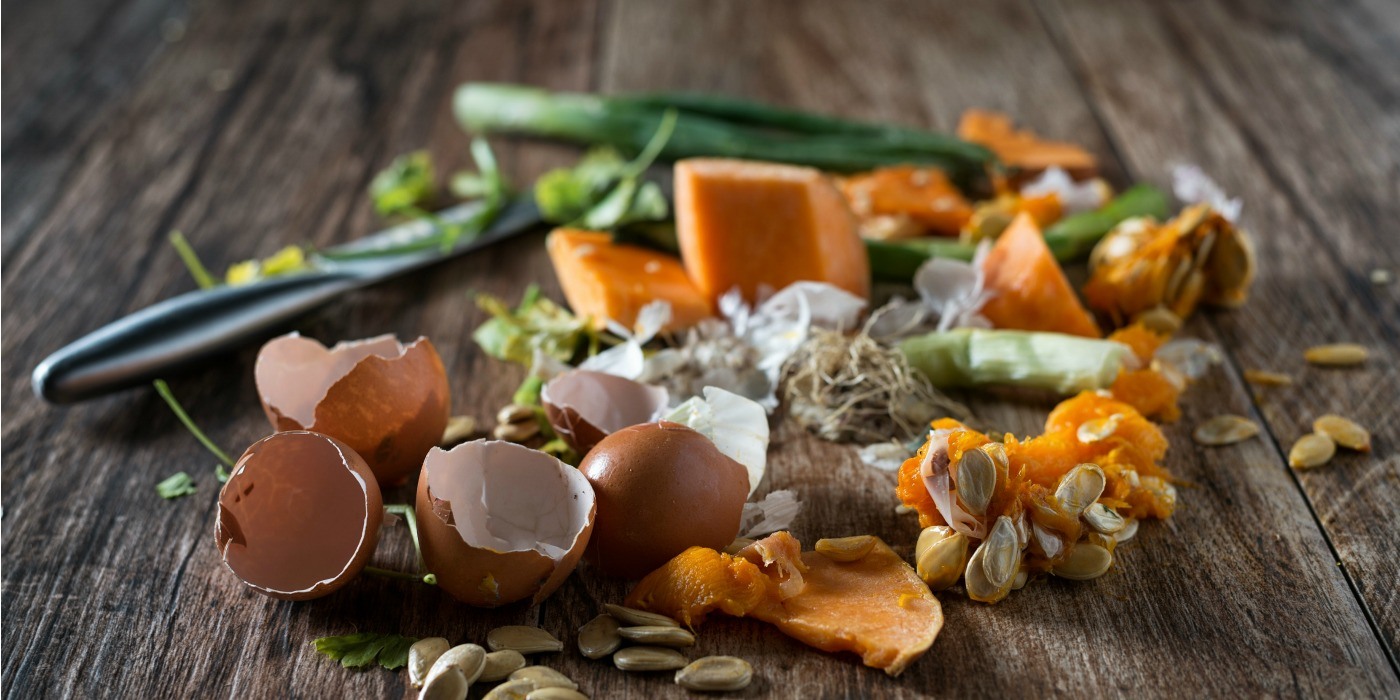
Growing up, my family always composted. We tossed our fruit and veggie scraps into an empty half-gallon milk carton under the sink. When it was full, it went out to a barrel in the garden, where it produced a rich fertilizer that nourished my father’s vegetable plants.
When I had my own home, it seemed natural to continue composting. We bought a plastic under-cabinet pail and put a larger bin in the corner of our backyard. We quickly noticed we had significantly less trash than our neighbors: While their garbage cans were sometimes overflowing, we had just one bag each week. And the new landscaping we planted around our home, fed with the compost from our outdoor bin, flourished.
Each year on Earth Day, we talk about what we can do to be greener. While corporations and governments debate emissions standards and solar energy tax breaks, composting is an easy step all families can take that seems small but has a big ripple effect on the environment. According to the EPA, food scraps (and yard waste) make up 20-30 percent of what we throw away. What’s worse, food scraps in landfills end up releasing methane, a strong greenhouse gas.
The good news is that at-home composting is not only simple, but there are also practical and stylish ways to incorporate composting into your kitchen (a serious upgrade from my parents’ old-school milk cartons!). Today’s kitchen compost pails have features that make it easy and odor-free. The CompoKeeper Compost Bin has hands-free controls that open the pail then close and seal it to keeps odors in and fruit flies out.
Oggi’s Compost Pail has multiple finishes to choose from so you can match your kitchen décor and even station it right on the counter.
The Joseph Joseph Food Waste Caddy is compact enough to fit under the sink but also fits into a larger unit that holds both compost scraps and recycling.
Keep in mind that these containers are just for storing scraps, not making compost. You’ll need a larger, outdoor bin to do that–that’s where the kitchen scraps will transform into rich, nutrient-dense fertilizer. You’ll want to choose a dry, shady spot in your yard and find a bin with a lid so critters can’t get inside. Though composting is pretty foolproof, you do need to aim for a mix of “greens” (produce scraps and grass trimmings) and “browns” (dry leaves and twigs). Your compost is ready to be used as fertilizer when it’s dark brown — it will look like very rich soil — which can take up to 12 months.
What can you compost?
Any kind of fruit or vegetable scrap (like peels and cores) — but a lot more too. These household waste items can go right into your compost pail instead of your garbage can:
- Eggshells
- Coffee grounds and filters
- Tea bags
- Nut shells
- Shredded newspaper
- Cardboard
- Paper
- Houseplants
- Sawdust
- Wood chips
- Cotton and Wool Rags
- Dryer and vacuum cleaner lint
- Hair and fur
- Fireplace ashes
What you DON’T want to compost:
- Dairy products
- Eggs
- Fat
- Oils
- Meat
- Fish bones and scraps
These items can release odors that attract bugs and rodents. You’ll also want to avoid putting pesticide-treated yard trimmings or pet waste into your compost pile.
For more about at-home composting, visit the EPA or Cornell Waste Management Institute.

